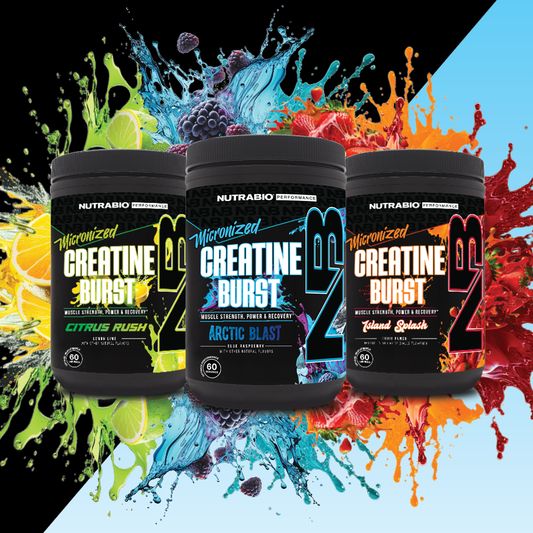In the pursuit of weight loss, individuals often turn to various exercise and dietary strategies to achieve their goals. One approach that has gained popularity in recent years is fasted cardio, which involves performing cardiovascular exercise on an empty stomach, typically in the morning before eating breakfast. Proponents of fasted cardio claim that it can enhance fat burning and accelerate weight loss. However, like many fitness trends, the effectiveness of fasted cardio for weight loss is a subject of debate among experts. In this article, we will examine the concept of fasted cardio and its potential impact on weight loss, taking into account the available scientific evidence.
Understanding Fasted Cardio
Fasted cardio involves performing aerobic exercises, such as running, cycling, or brisk walking, after an overnight fast, usually lasting between 8 to 12 hours. Advocates of this approach argue that in the absence of readily available carbohydrates from a recent meal, the body relies more on stored fat as its primary fuel source during exercise. The belief is that exercising in a fasted state would lead to greater fat utilization and, subsequently, weight loss.
The Potential Benefits of Fasted Cardio
-
Increased Fat Oxidation: Some studies suggest that exercising in a fasted state may indeed result in higher rates of fat oxidation during the workout. When glycogen (carbohydrate stores) are low, the body shifts to using more fat as a fuel source. However, it's essential to consider that this increase in fat oxidation during the workout may not necessarily translate to greater overall fat loss over time.
-
Hormonal Changes: Fasted exercise may lead to alterations in hormone levels, such as increased adrenaline and growth hormone release, which could theoretically support fat mobilization. These hormonal changes are thought to contribute to the perception that fasted cardio is more effective for weight loss.
-
Discipline and Routine: For some individuals, fasted cardio can help establish a consistent exercise routine. By exercising in the morning before breakfast, they may find it easier to adhere to a regular workout schedule.
The Counterarguments and Considerations
-
Overall Caloric Balance: While fasted cardio might increase fat oxidation during exercise, what ultimately determines weight loss is the overall caloric balance throughout the day. If individuals consume more calories than they burn, regardless of when they exercise, weight loss will be challenging to achieve.
-
Individual Variability: The effectiveness of fasted cardio can vary greatly between individuals. Some people may feel energized and perform well in a fasted state, while others may experience fatigue and reduced workout intensity, potentially leading to fewer overall calories burned.
-
Muscle Preservation: Exercising on an empty stomach may lead to increased muscle protein breakdown to provide fuel for the workout. Preserving lean muscle mass is essential for long-term weight management, as muscle helps to boost metabolism and burn calories even at rest.
-
Performance Considerations: Fasted cardio may not be suitable for everyone, especially for those engaged in high-intensity or long-duration workouts. In such cases, having some pre-exercise fuel could improve performance and enable individuals to work out more effectively, potentially burning more calories overall.
The Verdict
The evidence on whether fasted cardio is significantly more effective for weight loss than non-fasted cardio or other exercise approaches is inconclusive. While fasted cardio may offer some potential benefits, such as increased fat oxidation during the workout and hormone changes, these factors may not necessarily lead to superior weight loss outcomes in the long term.
Ultimately, the most critical factor for weight loss remains creating a sustainable caloric deficit through a balanced diet and regular exercise. Individuals should choose the exercise regimen that aligns with their preferences, energy levels, and overall lifestyle. Some may find fasted cardio to be a helpful component of their routine, while others may prefer different approaches.
Remember that successful weight loss is not solely dependent on the timing of your exercise or the specific workout you choose but rather on the consistency of healthy habits, including a nutritious diet and regular physical activity. Always consult with a qualified healthcare or fitness professional to determine the most suitable approach for your individual needs and goals.


